 When referring to somebody by the moniker, “junior,” we are typically referring to the younger of two men bearing the same full name—most commonly, a son named after his father. It is often written as Jr. or jr. following the name. Famous “juniors” in US history include Martin Luther King, Jr., John F. Kennedy, Jr., Teddy Roosevelt, Jr., Robert Downey, Jr., Sammy Davis, Jr., Lon Chaney, Jr., Dale Earnhart, Jr., Ken Griffey, Jr., Odell Beckham, Jr., Cuba Gooding, Jr. and the list goes on to even include a brand of candy featuring small rounds of mint filling, covered in a dark chocolate coating. Here at home, the founder of Frederick, Daniel Dulany (1685-1753), was aided greatly by a same-named son. This lad grew up to be one of the greatest legal minds of his time, but he actually didn’t carry the “Jr.” suffix, but instead opted to be called Daniel Dulany, the Younger (1722-1797). Not many know this, but the most famous, and well-known, occupant of Frederick’s Mount Olivet Cemetery had a son, who was a “junior.” I'm, of course, talking about Francis Scott Key. In fact, I would venture to say that the reason we have Francis Scott Key in our cemetery, is likely due more to Francis Scott Key, Jr. than to anything else. On Monday, October the 1st, 1866, the body of Francis Scott Key, Jr. was carried through Mount Olivet’s main gate by use of a horse and wagon. It would be laid to rest in the cemetery’s Area H/Lot 439. The funeral cortege doesn’t seem to have been well-attended, or possibly even known about by the locals for that matter. This gentleman’s mortal remains had been removed, likely that same morning, from a vault in Old St. Paul’s Church burying ground in downtown Baltimore, not far from Camden Yards at 733 Redwood Street-- just off Martin Luther King, Jr. Boulevard. Key’s coffin was taken and placed aboard a Baltimore & Ohio Railroad train at that place and traveled to Frederick for reburial. Frederick’s freight depot was the destination, a grand building once located on South Carroll Street, near East All Saints Street where a parking deck now stands today. Its claim to fame was that it was said to be "the oldest depot in the world" up to its demise in the early 20th century. Key’s body did not travel alone, so to speak. Joining FSK, Jr. for this voyage west from “Charm City” were his parents, Francis Scott Key and Mary Tayloe (Lloyd) Key, and another gentleman named Simon Frazier Blunt. Mr. Blunt had died in 1854, and had been married to FSK, Jr.’s sister Ellen Lloyd Key. The renowned Francis Scott Key had died earlier yet, on January 11th, 1843, while visiting his daughter Elizabeth Phoebe (Key) Howard, then living in Baltimore at Mount Vernon Place. Elizabeth was Mr. Key's oldest child, and she had married Charles Howard (1802-1869)in 1825. Mr. Howard was the son of Maryland's fifth governor John Eager Howard (1752-1827) who was also a Revolutionary War commander, US Senator, and organizer of Baltimore's defenses for the War of 1812. Howard County takes its name from this accomplished gentleman. Today, a plaque on Mount Vernon Place United Methodist Church marks the former site of the Charles Howard home. A decision was made at the time of our famous songwriter's death to place his body in the Howard family’s funerary vault, located a few short blocks away in St. Paul’s graveyard. This was an interesting choice, because Key’s home at the time (of death) was Washington, DC, specifically not far from the US Capitol building. And better yet, why wasn’t Francis Scott Key buried in his old hometown of Frederick? As far as Frederick, the prime option for burial would have been the old All Saints’ Burying Ground, located basically 100 yards west of the B&O Railroad’s freight depot. At the time (1843) the graveyard had his parents as occupants, but had lost some of its luster over a century of use. The All Saints’ congregation had vacated their original church structure at this location nearly three decades earlier, wanting to be in a more prominent area of town near Court House Square. Meanwhile, there was no fancy-schmancy "garden cemetery" in the form of Mount Olivet, as this wouldn’t come into being until 1852—nine years after FSK's death. Mrs. Key died on May 18th, 1859. Known more commonly by her nickname of "Polly," she would be laid to rest in Baltimore instead of Washington, DC or, more surprisingly, her native Annapolis. Mary was placed in the Howard family crypt with her husband in St. Paul's. According to historian Edward S. Delaplaine, Francis Scott Key had strongly considered Frederick for his place of burial. The illness that preceded his death came very quickly in the form of pleurisy turned pneumonia. Delaplaine’s 1937 biography entitled Francis Scott Key: Life and Times states the following: “Many years later it was recalled that Key had expressed a wish to be buried “ ‘neath the shadows of the everlasting hills” in Frederick County.”  George M. Potts George M. Potts Apparently, some local movers and shakers here in Frederick rekindled the sentiment after the re-emergence of “the Star-Spangled Banner’s” popularity during the American Civil War—at least in the North, that is. People recalled the song’s author, and many in his old home county wondered where he had been laid to rest. Some folks thought that he should be here in Frederick instead of Baltimore, where he had never lived. The argument was strengthened by the fact that we now had a new and progressive “garden cemetery” which had officially opened in 1854. The chief responsible party for making the request and arrangements for re-interment of the Keys in Mount OLivet was George Murdoch Potts(1807-1893). This gentleman farmer was the son of Judge Richard Potts and Eleanor Murdoch. They were removed from All Saints Burying Ground and placed in, what we call, the Potts Lot--the only “gated community” within Mount Olivet. Here are buried members of the Potts family and also that of the Marshall family, whose patriarch, Richard Marshall, was one of the cemetery’s original founders and responsible for having Francis Scott Key’s parents buried here from the fore-mentioned All Saints' Episcopal graveyard. Mr. Marshall also made arrangements to bring Francis Scott Key's sister, Anne Taney here as well.  Alice Key Pendleton Alice Key Pendleton The story goes that Mr. Potts corresponded with two of Key’s daughters, the earlier mentioned Elizabeth Howard and another, Alice Key Pendleton. He introduced and inquired about the possibility of reburial in Frederick. Alice Key had married George H. Pendleton (1825-1889), an American politician and lawyer who represented Ohio in both houses of Congress and served as the Democratic nominee for Vice President of the United States in 1864 on the ticket with George B. McClellan. It has been said that Key’s daughters were against the idea of removal from Baltimore at first, however they warmed up to it over time. This is where “Junior” comes in. I truly feel that Francis Scott Key Jr.’s death on April 4th, 1866 turned the tide. Maybe the concern arose with the family that there may not be enough room in the Howard vault for additional family members, whether they be Keys, or more importantly, Howards. Whatever the case, a decision was made for reburial in Frederick, and newspapers throughout the country carried the news and appear to give Mrs. Pendleton sole credit for the decision.  I also think that whether the Key daughters knew it at the time or not, the opportunity for erecting a more fitting and substantial memorial to their famous father was likelier in his hometown of Frederick, without competing with the fine achievements of "crypt-mate" John Eager Howard and other Howard notables. The beautiful new cemetery in Frederick could accommodate additional Key family members for future burial and various forms of funerary sculpture and architecture not possible at old St. Paul’s. Permission was granted, and as said earlier, October 1st, 1866 marked the date of the 47-mile move of the four individuals in question. Here is another aside, as I found an article from a local Frederick paper from May, 1920 that recounted the fact that undertaker A. T. Rice was responsible for conveying the Key bodies from the train to Mount Olivet. Apparently, Mr. Rice used an old fashioned hearse with "a hat top and no adornment, and drawn by one horse" for transporting Francis Scott Key Sr.'s coffin. Francis Scott Key, Jr. Francis Scott Key, Jr. was born October 7th, 1806 in Georgetown. Not much is known about his childhood, but we can get a glimpse from Edward Delaplaine’s biography of Francis’ father: “A strong bond of affection existed among the members of the Key family. Francis Scott Key himself was deeply affectionate. He poured out his love for mother and father, for his sister Anne, and for Polly and the children. The family was a happy one. When Key reached forty, Polly had already given birth to eight children. Their eldest child, Elizabeth, was nearly sixteen. Maria was over fourteen. Frank, named after his father, was approaching thirteen. John, named after his grandfather, was ten. Ann was eight. Edward, named for Polly’s father, was nearly six. Daniel Murray, named for Key’s old college mate, was three. The baby, Philip Barton, named for Uncle Philip, was a year and four months. Traditions are redolent of the many happy hours in Georgetown. “The shady lawn and orchard sloping to the Potomac’s edge,” wrote one of Key’s granddaughters many years after his death, “and the terraced garden with it walnut trees and Lombardy poplars shading the walks, made a happy playground for the household band. Here, for each child, a tiny round garden had been made by the gardener, under their father’s directions, and what ecstasies of delight abounded when the sprouting seed took the shape of names, and ‘Maria,’ ‘Lizzie,’ ‘Anna,’etc., were clearly spelled out in the center of the green seedlings!”  Terra Rubra Terra Rubra Education was important for the Key children, as was a sense of family history. The Keys regularly returned to the Key family plantation of Terra Rubra each summer. The location is in today’s Carroll County, just over the border at present day Keymar. Info on Francis Scott Key, Jr. is hard to find. Like his father, he would receive his upper level education in Annapolis. He did not attend St. John’s College, but rather the US Naval Academy. While here, he would marry Elizabeth Lloyd Harwood on April 5th, 1826. Miss Harwood was a first cousin through his mother’s side of the family—the Lloyds. Interestingly, “Junior’s” mother, Polly Key, would now serve a new role as mother-in-law to her son’s new bride. Elizabeth had known Polly solely as an aunt for her first 18 years. The family can be found living in multiple places over his life. After a childhood spent in Washington, DC, he can be found in Anne Arundel County in the 1830 census, Carroll County in 1840, Baltimore County in 1850 and Howard County in 1860. The couple would have eight known children: Henry Harwood Key (1827-1889), Elizabeth Lloyd Key (1829-1919), Fannie Scott (Key) Dorsey (1840-1925), Alice Turner (Key) Smith (1833-1907), John Francis Key (1838-1920), Daniel Murray Key (1841-1913), Anne Arnold Key (1844-1850) and Wilfred Key (1845-1865) who died as a POW during the Civil War. I found an article from 1907 which helped shed a little more light on my subject. It comes from a front page article appearing in the Baltimore County Union, published in Towson (MD) on January 5th of 1907. In particular, the article talks about Mr. Key as being a former host of an elegant property known as “the Elms.” Mr. Key would be a resident of Harford County at the time of his death on April 4th, 1866. His obituary reports that his exact location of death was the Maltby House hotel. Junior’s grave is located north of the original site of his parent’s graves on Area H, not far from Confederate Row. As visitors came to see the great patriot’s grave, his was spotted as well in close proximity. An article that was carried in many papers in 1878 talks of the shabby condition of the Key gravesite, especially in relation to other well-kept lots surrounding it.  This outspoken article sparked attention. This was combined with questions asking why this “great American patriot” was not receiving the same treatment as the grand monument movement of the time in which Civil War soldiers and officers of both sides were being honored with beautiful works of marble, granite and bronze. Within two decades, a grand monument was crafted for Francis Scott Key, Sr., and he and his wife were moved for a third, and final, time to a vault beneath the work crafted by Alexander Doyle and immigrant sculptor Pompeo Coppini. Replica stones would eventually replace the original gravemarkers for Francis and Polly. All the while, Francis Scott Key, Jr’s gravestone has endured the trials of time, weather and obscurity--“Good Old Junior.” NOTE: Francis’ wife (Elizabeth Lloyd Harwood Key)would live into her 90s, dying in 1902. She is buried in St. Anne’s Cemetery in Annapolis. At least two of her and Francis Jr’s children are buried here too: Henry and Elizabeth.
1 Comment
Wendy
7/25/2024 10:37:07 pm
Do you know the cause of death for Francis Scott Key Jr.? The date of death seems to be related to the Civil War.
Reply
Leave a Reply. |
STORIES
|
Archives
July 2024
June 2024
May 2024
April 2024
March 2024
February 2024
January 2024
December 2023
November 2023
September 2023
August 2023
July 2023
June 2023
May 2023
April 2023
March 2023
February 2023
January 2023
December 2022
November 2022
October 2022
September 2022
August 2022
July 2022
June 2022
May 2022
April 2022
March 2022
February 2022
January 2022
December 2021
November 2021
October 2021
September 2021
August 2021
July 2021
June 2021
May 2021
April 2021
March 2021
February 2021
January 2021
December 2020
November 2020
October 2020
September 2020
August 2020
July 2020
June 2020
May 2020
April 2020
March 2020
February 2020
January 2020
December 2019
November 2019
October 2019
September 2019
August 2019
July 2019
June 2019
May 2019
April 2019
March 2019
February 2019
January 2019
December 2018
November 2018
October 2018
September 2018
August 2018
July 2018
June 2018
May 2018
April 2018
March 2018
February 2018
January 2018
December 2017
November 2017
October 2017
September 2017
August 2017
July 2017
June 2017
May 2017
April 2017
March 2017
February 2017
January 2017
December 2016
November 2016





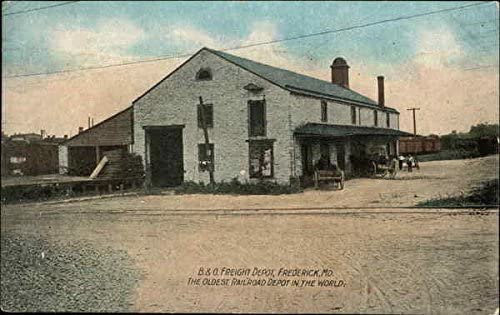


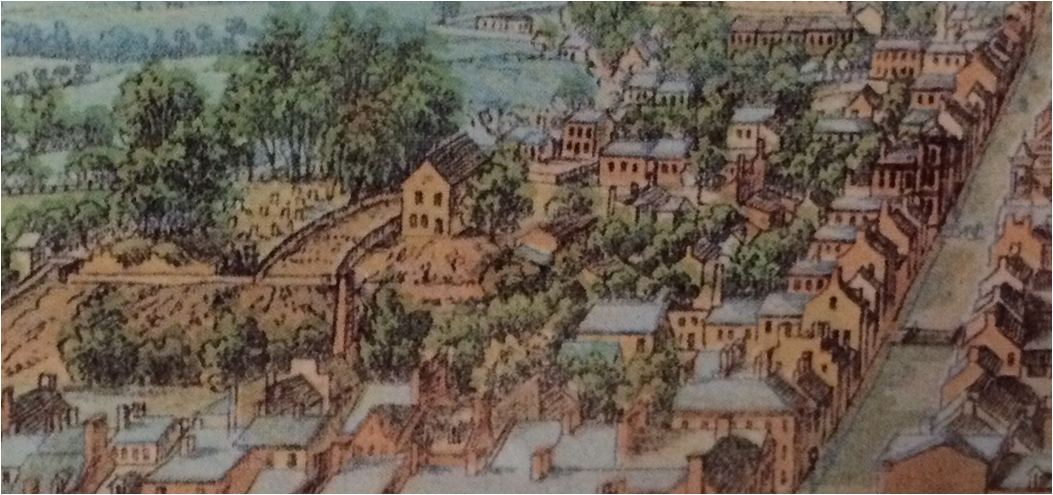




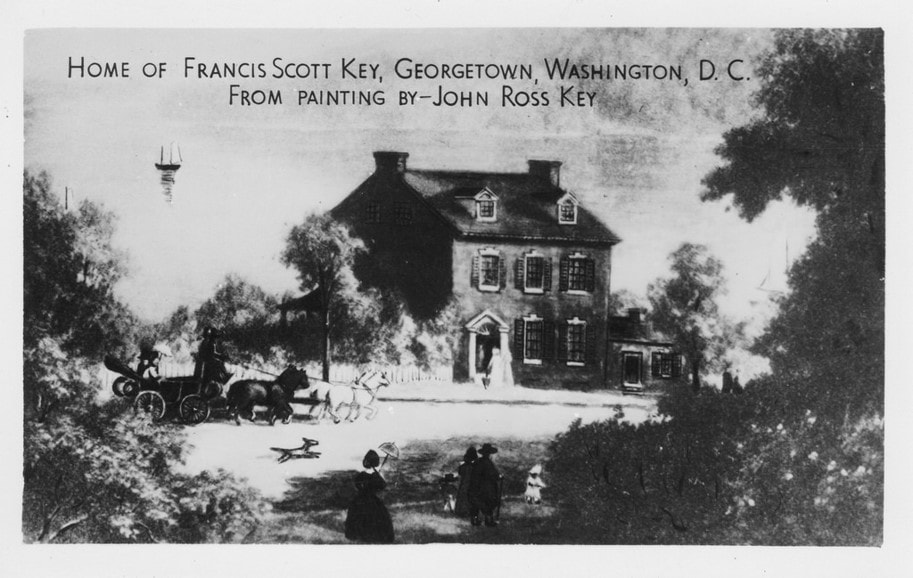










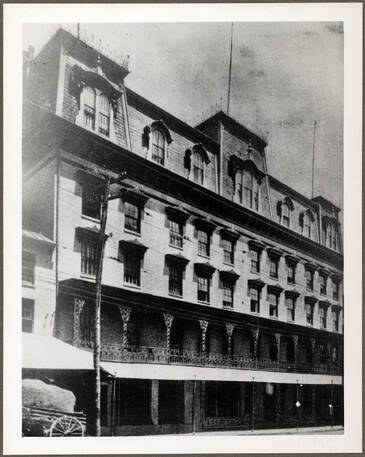




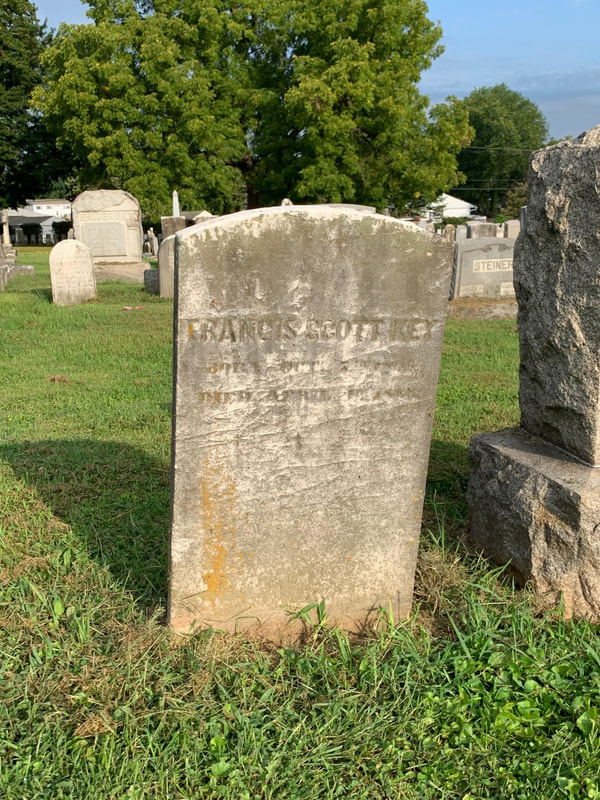

 RSS Feed
RSS Feed